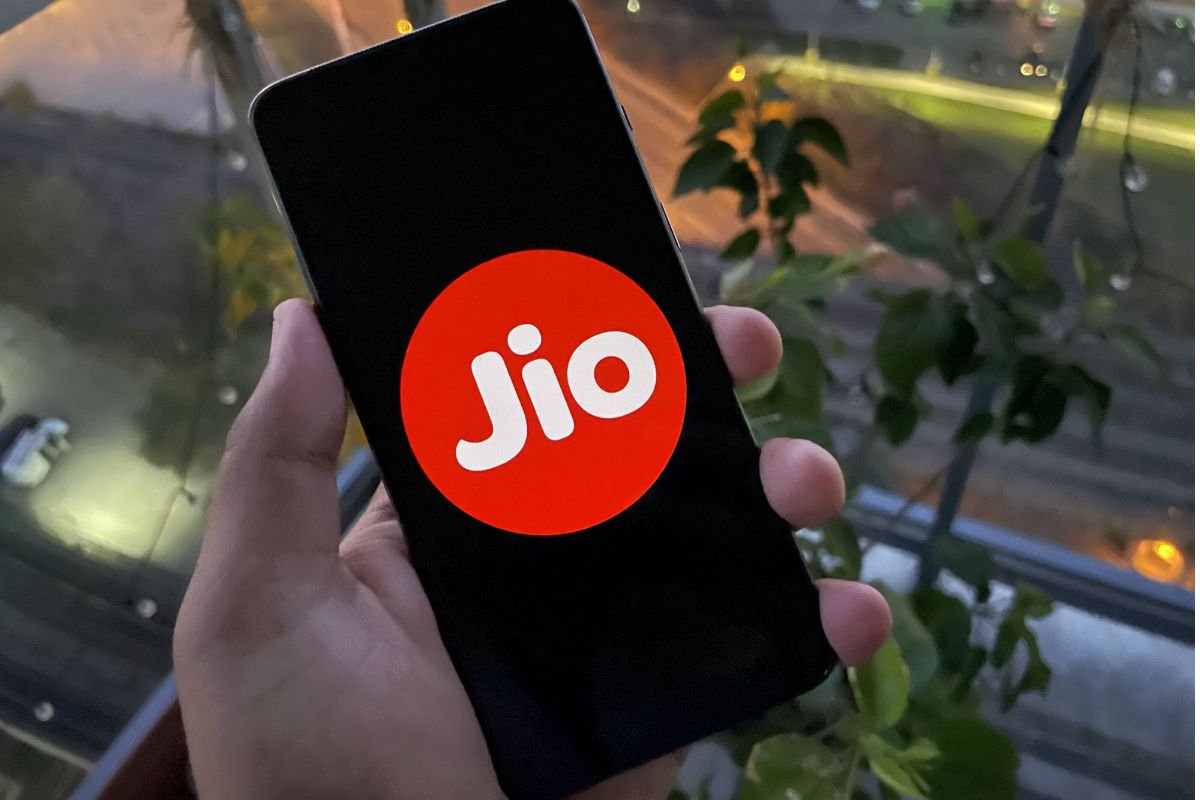Reliance Jio will keep its focus on adding more subscribers to gain a larger market share instead of going after a higher average revenue per user (ARPU) aggressively. Jio’s tariff hikes are expected to come at a later stage than its peers. The telco might go with a segmented tariff hike strategy to keep its unique selling point (USP) of providing cheaper plans than its competitors. According to the analysts at Jefferies, smartphone subscribers form 75% of Reliance Jio’s total revenues. Thus the operator isn’t likely to increase tariffs in a jiffy for its smartphone segment. Jio also reduced the availability cost of the JioPhone 2021 by 23%-25% to retain its feature phone users coming out of the three-year contracts with the older JioPhone. The note mentioned that for Jio to keep its feature phone users; low-cost smartphones are necessary for users to upgrade from their older JioPhone.
Jio’s ARPU Might Increase to Rs 159 by FY23
Jio might go with a segmented strategy for its tariff hikes. Initially, the telco might increase tariffs by 10% in Q4 of FY22 and again the same percentage in Q4 FY23. With the help of the smartphone segment, Jio might take its ARPU to Rs 159 by FY23. The feature phones won’t create a very huge impact on Jio in increasing its ARPU. The telco’s been adding subscribers at a slower rate than ever before because of multiple reasons such as network congestion, tariff hikes in 2019, and more. Since Jio’s aim is to reach the milestone of 500 million subscribers soon, it shouldn’t increase tariffs with the other telcos to keep attracting subscribers. During the FY21-FY23 period, Jio is expected to gain up to 76 million subscribers that will take the telco’s total subscriber base to 492 million. It will further result in Jio gaining a market share of 40% against its current 35%.
